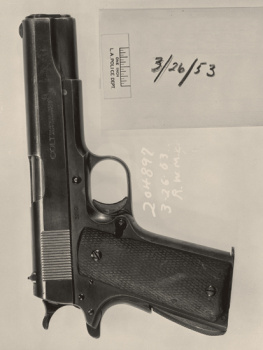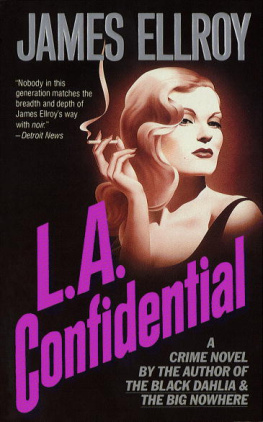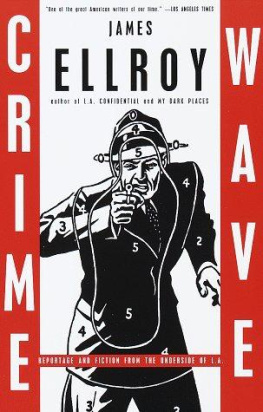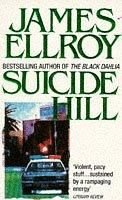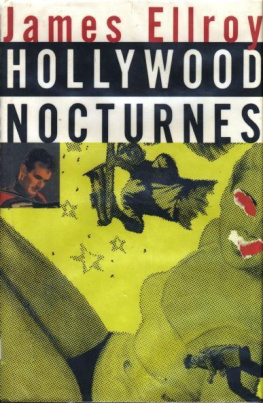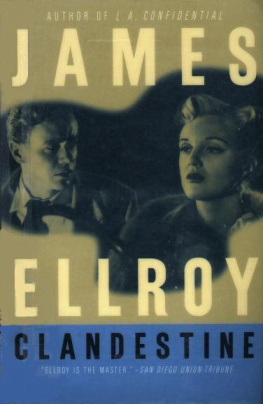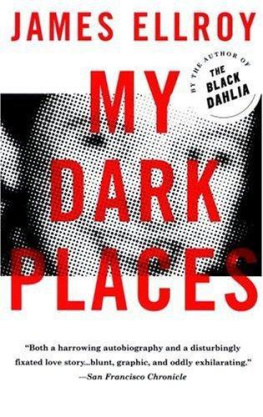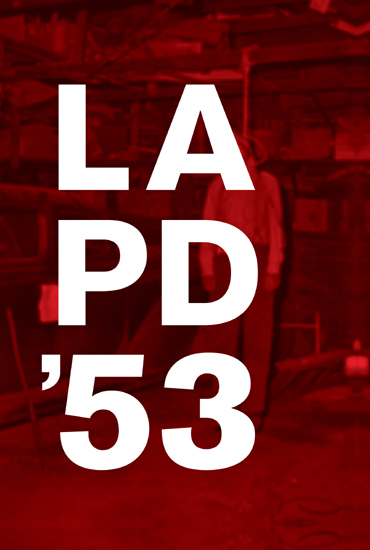
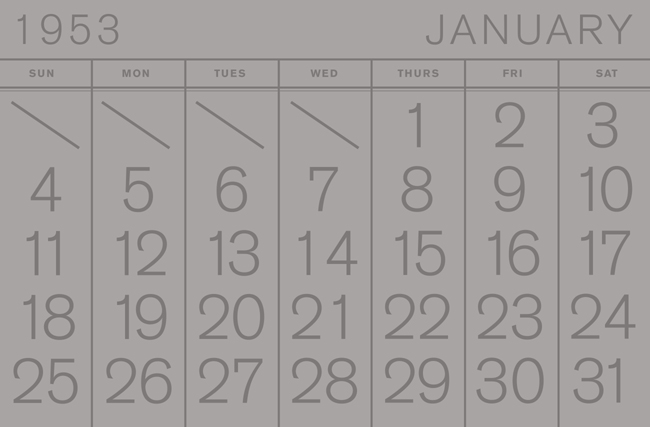

EDITOR: David Cashion
DESIGNER: Jacob Covey
PRODUCTION MANAGER: Anet Sirna-Bruder
Library of Congress Control Number: 2014942741
ISBN: 978-1-4197-1585-3
Text copyright 2015 James Ellroy
Photographs copyright 2015 Los Angeles Police Museum
Published in 2015 by Abrams Image, an imprint of ABRAMS. All rights reserved. No portion of this book may be reproduced, stored in a retrieval system, or transmitted in any form or by any means, mechanical, electronic, photocopying, recording, or otherwise, without written permission from the publisher.
Abrams Image books are available at special discounts when purchased in quantity for premiums and promotions as well as fundraising or educational use. Special editions can also be created to specification. For details, contact specialsales@abramsbooks.com or the address below.

115 West 18th Street
New York, NY 10011
www.abramsbooks.com

FOR
Jim and Doug

THE VALOROUS ARE TOO OFTEN DEAD OR UNRECOGNIZED

Bank robbery, March 26, Miracle Mile
CONTENTS
FOREWORD
GLYNN MARTIN, EXECUTIVE DIRECTOR OF THE LOS ANGELES POLICE MUSEUM
FROM THE DESK OF JAMES ELLROY

Suicide, July 3, Downtown, Biltmore Hotel

Bank robbery, March 26, Miracle Mile
GLYNN MARTIN, EXECUTIVE DIRECTOR OF THE LOS ANGELES POLICE MUSEUM
FOREWORD
CHICAGO MIGHT DISAGREE. NEW YORK MOST CERTAINLY WILL. SOME OTHERS MAY WEIGH IN AS WELL. THINK BOSTON, AND PHILLY. STILL MORE MAY TAKE ISSUE.
Each of those destinations has a fine police department. Many of them claim unique histories. Some of which are lengthy and impressive. All have common ground.
None is the LAPD, and none has such a storied past.
Accordingly, none has amassed a history that supports a book of this magnitude. This volume isnt just about crime scene photos. All PDs have them. The narrative offered on these pages, and its author, are equal parts of the books relevance.
Therein lies the distinction.
The Los Angeles Police Department is, and has been, a great police force for many years. Interest in the work done by the LAPDs men and women is easily quantifiable. Look at television, look at motion pictures. Then, predate both media to radio. The LAPD was there, and not by chance. Simply because the public consumed broadcasts of LAPD antics and activities via Calling All Cars. There was Then and is Now a market for virtually all things LAPD, including its history. In that market is a demand, hence programming and feature films, and of course, books.
Its been 10 years since James Ellroy collaborated with then Chief of Police William Bratton to bring crime scene photos out of the LAPD archive and into the publishing world. There were many descriptions for the book and the photos. Fascinating, chilling, artful were but a few. The photos were great. The narrative, however, not so much. One of the books drawbacks was the lack of text. Discovering the circumstances depicted required a journey away from the image, no matter how striking it was. Akin to an eighth-grade math book, the answers were in the back.
LAPD 53 is a look back at a different Los Angeles, and a different LAPD. Sure some of the scenes will appear familiar, as the nature of crime has a level of consistency that is immune to the passage of time. The photos, however, wont require page-flipping. The stories for many were found through various means during the research phase of the book. Thus, the photos are supported by Ellroys narrative. But its not just Ellroys prose that sets this work apart. The brew also includes his vast knowledge of LAPD history, the likes of which remains the envy of those associated with this project and the Los Angeles Police Museum, the organization that benefits from its long-standing association with Ellroy.
Most certainly Ellroy is a supporter of the men and women of the LAPD. He credits them with saving his life many decades ago, at a time when his credentials were not so numerous. Since that time, Ellroy has had 19 books published and has earned praise throughout the literary and literal worlds. Hes also seen a half-dozen of his movies made. Now he has spent more than 30 years as one of this nations most respected novelists. Hes a true master of the written and spoken word. For the past decade, he has devoted himself to supporting the folks who collect and preserve LAPD history at its museum in the Highland Park neighborhood of Los Angeles. Its a place where there is no disagreement about police history.
So its time to get over it in Beantown, the Big Apple, the Windy City and the City of Brotherly Love.
LAPD rules!
These are words often heard beyond these pages and frequently spoken by the Scots/Angeleno author of this book. Words true today and true more than six decades ago. Yes, the cops in L.A. ruled in 1953. They reported to one of the most revered cops of the 20th centuryWilliam H. Parker. He was tapped to reform a police department gone astray, and he succeeded. His tenure as LAPD Chief spanned 16 years. So undeniable were his achievements that the LAPDs world-famous headquarters took Parkers name not long after his untimely death in office during the summer of 66.
But Parker lent his name to more than a building. It was a philosophy of policing, one that served L.A. and many other places well for many, many years. A rather stern attorney and decorated D-Day vet, Parker was tasked not just with the reform of the LAPD, but with the construction and completion of an institution. Reform most certainly was a major goal. Parker delivered much more. He expanded the influence of the LAPD beyond the City of Angels. Families brought the LAPD into their living rooms, spurring curiosity and, ultimately, admiration.
To say his was a flawless administration would be a misrepresentation of history. Parker once acknowledged that as long as the LAPD recruited from the human race there would be problems, and there were. Almost immediately for the Catholic chief and maverick.
A look at one of Ellroys previous works, L.A. Confidential, reveals a fictional treatment of one of Parkers early challenges. Often referred to as Bloody Christmas, it would better be described as a mass jailhouse beating. Eight cops were indicted for lumping up some prisoners who were rumored to have gravely injured an LAPD officer. A bunch of them went to jail. One of them was a Police Academy classmate of Parkers driver, Daryl F. Gates. Post-LAPD, the disgraced cop found his true calling, as a barber.
Next page
